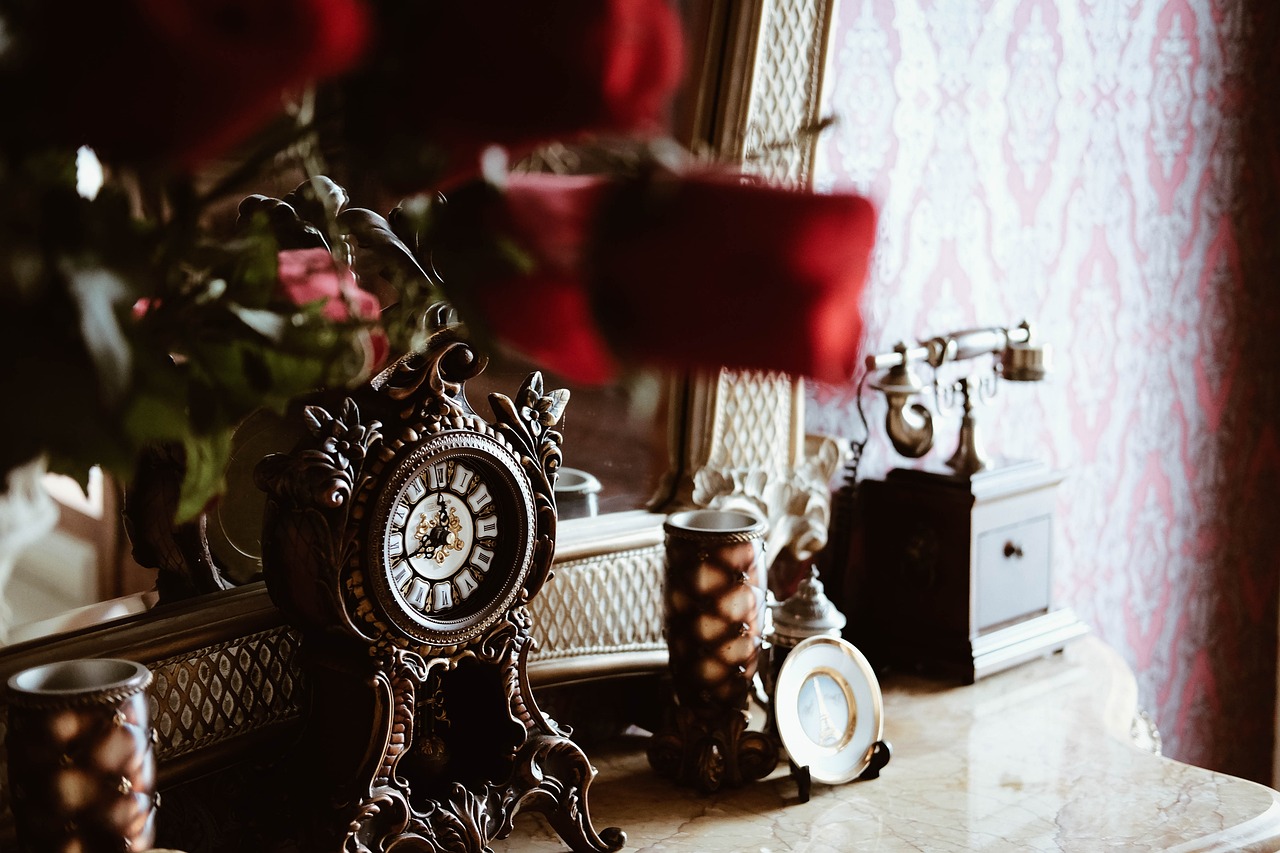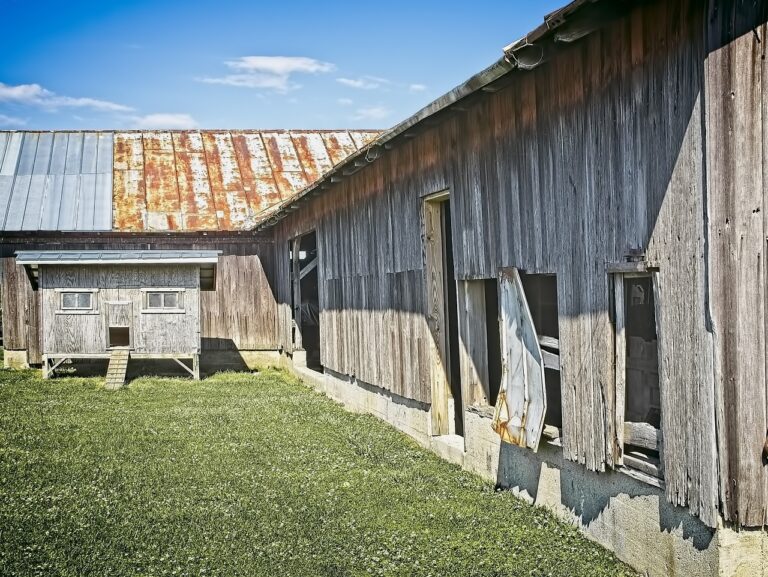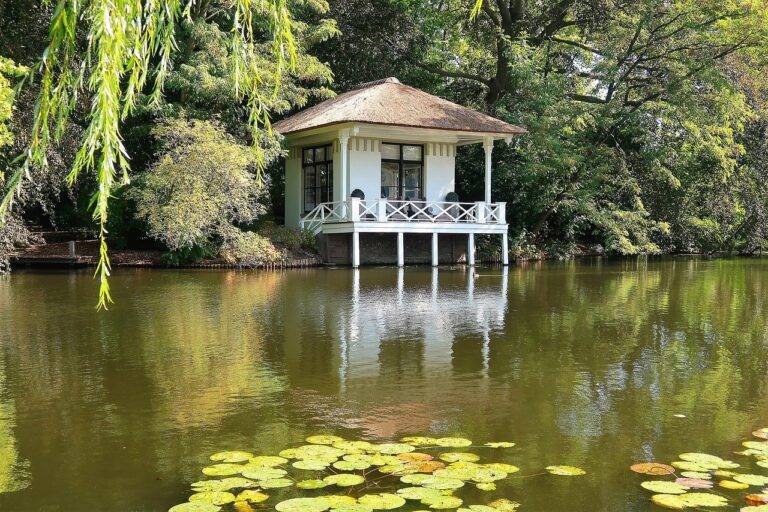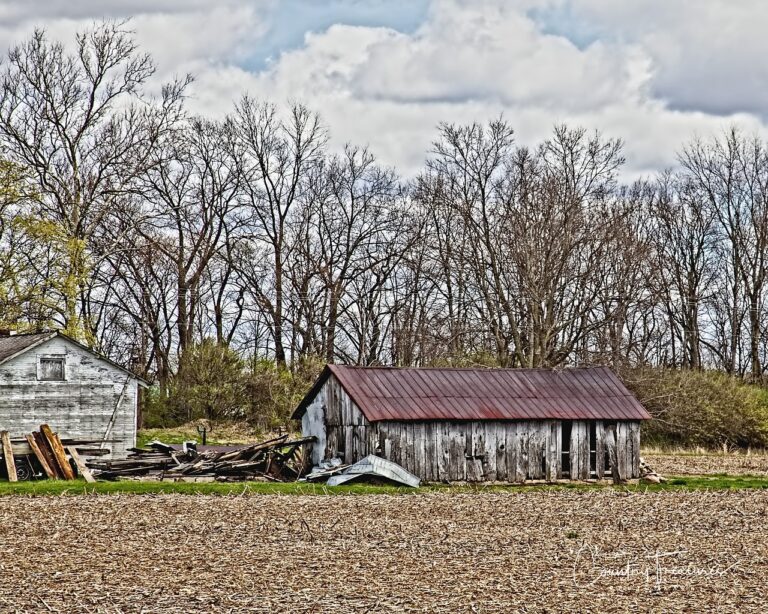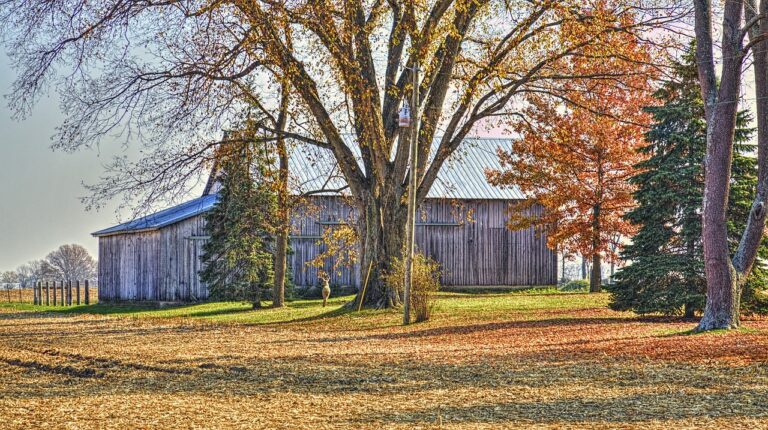Water-Saving Fixtures for Sustainable Home Improvement
Water-saving fixtures are essential components in any modern household or commercial space. These fixtures are designed with innovative technology to reduce water consumption without compromising on performance. From low-flow faucets and showerheads to dual-flush toilets and aerators, there is a wide range of water-saving fixtures available to help households and businesses conserve water effectively.
By incorporating water-saving fixtures into your plumbing system, you can significantly decrease your water usage and utility bills. Not only do these fixtures promote sustainable water practices, but they also contribute to environmental conservation by reducing the strain on water resources. Switching to water-saving fixtures is a practical and cost-effective way to make a positive impact on both your wallet and the planet.
Types of Water-Saving Fixtures
When it comes to water-saving fixtures, one of the most common options is low-flow toilets. These toilets are designed to use significantly less water per flush compared to traditional toilets, helping to conserve water with each use. Low-flow toilets are available in various designs and styles to suit different preferences and bathroom aesthetics.
Another popular water-saving fixture is the aerator for faucets. Aerators are attachments that mix air into the water flow, reducing the amount of water used without compromising water pressure. They are easy to install and can be a cost-effective way to save water in the kitchen and bathroom.
Low-flow toilets are designed to use less water per flush
Available in various designs and styles
Help conserve water with each use
Aerators for faucets mix air into the water flow
Reduce amount of water used without compromising water pressure
Easy to install and cost-effective way to save water
Benefits of Water-Saving Fixtures
Water-saving fixtures offer significant advantages for both homeowners and the environment. By reducing water consumption, these fixtures help lower utility bills and contribute to long-term cost savings. Additionally, they play a crucial role in conserving one of the Earth’s most precious resources, making a positive impact on our planet’s sustainability.
Aside from the financial benefits, water-saving fixtures also promote water efficiency by minimizing wastage and encouraging responsible water usage. This not only benefits individual households but also helps alleviate the strain on local water systems. Overall, the adoption of water-saving fixtures represents a small yet impactful step towards a more sustainable and environmentally-conscious future.
What are water-saving fixtures?
Water-saving fixtures are plumbing devices that are designed to reduce water consumption by using less water without sacrificing performance.
What are some examples of water-saving fixtures?
Some examples of water-saving fixtures include low-flow toilets, aerators for faucets, water-efficient showerheads, and efficient irrigation systems.
How do water-saving fixtures benefit the environment?
Water-saving fixtures help conserve water, which is essential for the environment. By reducing water usage, these fixtures help preserve freshwater resources and reduce the strain on local water supplies.
How do water-saving fixtures benefit homeowners?
Water-saving fixtures can help homeowners save money on their water bills by reducing water usage. Additionally, these fixtures can also help extend the lifespan of septic systems and reduce the risk of leaks and water damage in the home.
Are water-saving fixtures expensive to install?
While some water-saving fixtures may have a higher upfront cost, the long-term savings on water bills typically make them a cost-effective investment. Additionally, many local governments offer incentives or rebates for installing water-saving fixtures.

